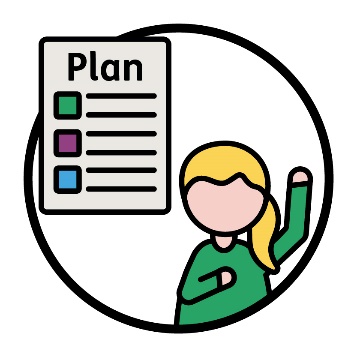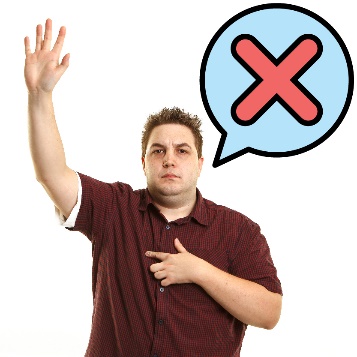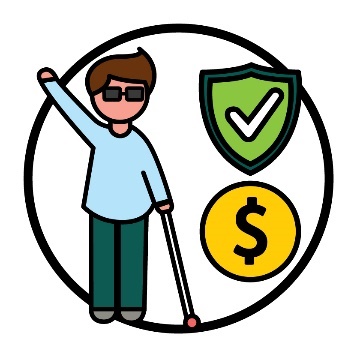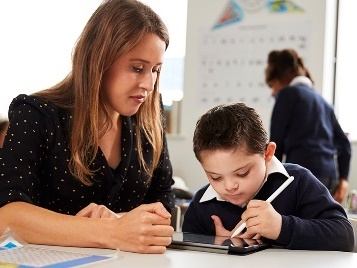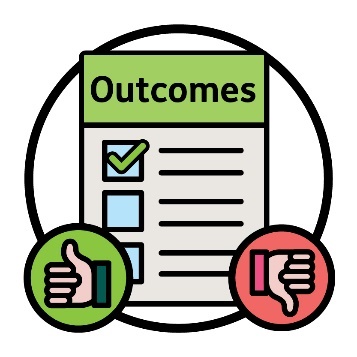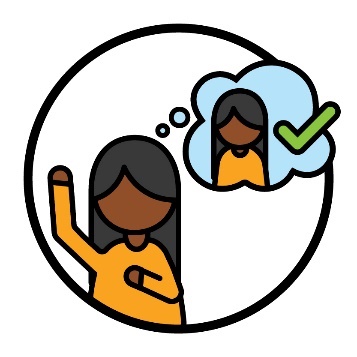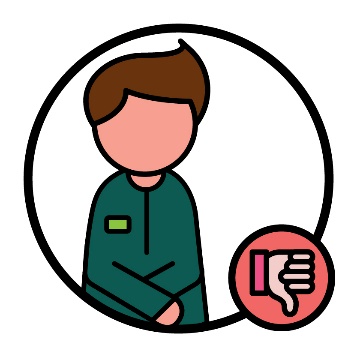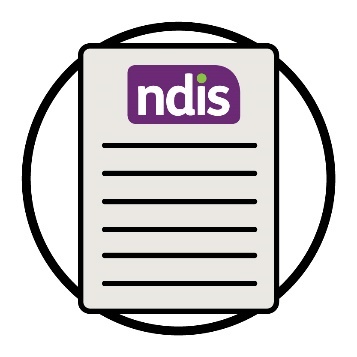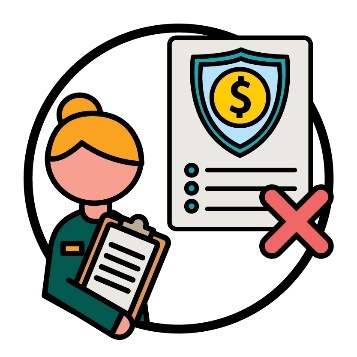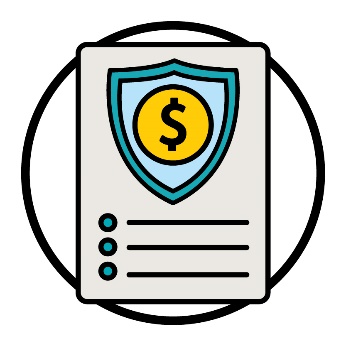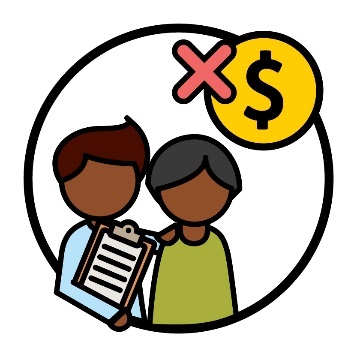What did our IAC Members share?
|
|
Our IAC Members connect with the community to find out about issues that affect them. |
|
|
|
Our IAC Members shared these issues with the NDIA. |
|
NDIS plans
|
|
IAC Members explained that some participants wait a long time for home and living supports. |
|
|
Participants are people with disability who take part in the NDIS. |
|
|
IAC Members shared that some participants will need support to use the new computer system. |
|
|
This includes participants and families who manage their own plans. |
NDIS services and supports
|
|
IAC Members explained that some participants need more home and living supports in their plans. |
|
|
This includes participants in specialist disability accommodation (SDA). SDA is housing for people with disability who need extra support most of the time. |
|
|
Some participants in SDA need more supports that help them during the night. But they don’t have enough of these supports in their plans. |
|
|
IAC Members also explained that the NDIA should work with these participants to improve supports used during the night. |
|
|
IAC Members shared that NDIS planners should think about everyone who lives in SDA when they make a participant’s plan. |
|
|
An NDIS planner is someone who:
|
|
|
IAC Members explained that the NDIA should share more information about early intervention with families. |
|
|
|
Early intervention is when people get services and support:
|
|
This includes information about: |
||
|
|
|
|
|
|
|
|
|
|
Providers support people with disability by delivering a service. |
|
|
|
IAC Members worry that there are not enough registered providers for some day-to-day supports. |
|
|
|
Registered providers:
|
|
|
|
This means some participants have less choice and control over their supports. |
|
The community and other services
|
|
IAC Members explained that some participants are confused about what they need to do when they pay their support workers. |
|
|
|
For example, participants who manage their own plan. |
|
|
|
IAC Members shared that some participants who manage their own plans feel like they don’t have a say in the decisions governments make. |
|
|
|
This includes decisions about:
|
|
|
|
IAC Members shared that the Disability Royal Commission’s final report is helping to give more information about disability to the community. |
|
IAC Members explained that the NDIS should support more schools to: |
||
|
|
|
|
|
|
|
|
|
|
When something is inclusive, everyone:
|
|
|
|
IAC Members shared that the community thinks the NDIS Review will have a lot of good outcomes. But some people worry that this might not be the case. |
|
Providers
|
|
IAC Members explained that some providers are unsure about the benefits of being registered. This includes providers who support children with disability while they are still very young. |
|
|
When you benefit from something:
|
|
|
These providers are unsure because some registered providers still do the wrong thing. |
IAC Members worry that some providers do things that are not right for: |
|
|
|
|
|
|
|
|
|
For example, some providers make participants pay for things they shouldn’t. |
|
|
IAC Members worry that some providers don’t have insurance because they can’t afford it. |
|
|
Insurance is a service you pay for to protect you if something goes wrong. If you have insurance and something goes wrong, your insurance company pays the cost. |
|
|
This includes providers who don’t offer services to make money. |





















